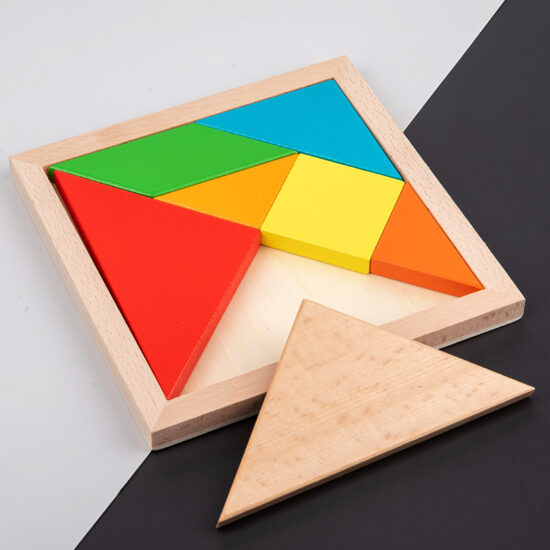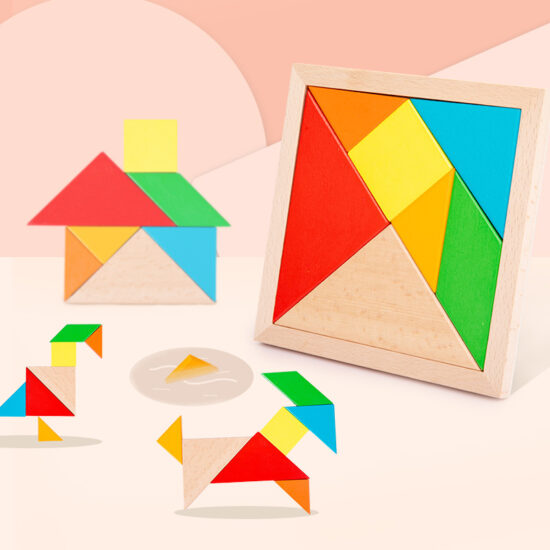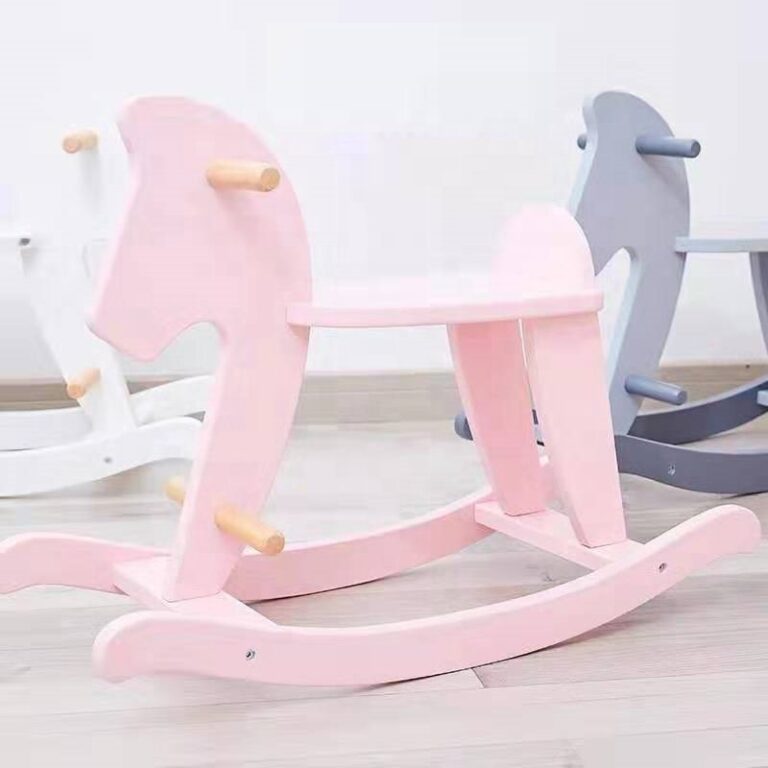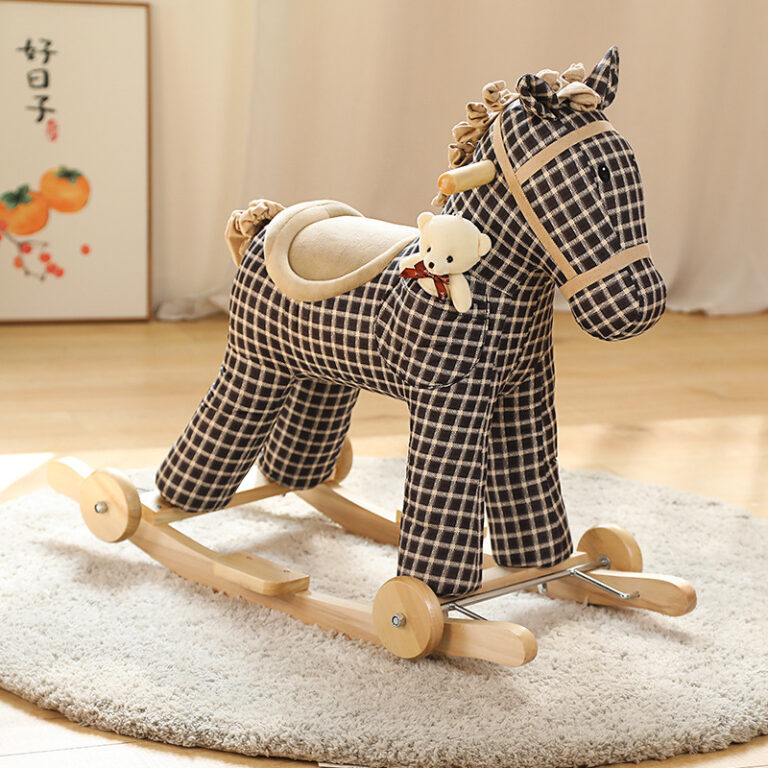jay@nbdho.com
Understanding the Cost Structure of Wooden Toys: A Detailed Guide
The cost structure of wooden toys is influenced by multiple factors, each contributing to the final price and quality of the product. Understanding these components helps manufacturers, retailers, and buyers appreciate the value behind wooden toys and make informed decisions.
1. Raw Materials
The primary cost in wooden toy production is the raw material—high-quality wood. Different types of wood, such as maple, beech, or pine, vary in price depending on durability, texture, and sourcing. Sustainable sourcing, such as certified FSC wood, may also increase costs but adds value through environmental responsibility.
2. Labor and Craftsmanship
Wooden toys often require skilled labor for cutting, shaping, sanding, and finishing. Handcrafted details or intricate designs increase labor costs. Labor expenses vary by region, affecting overall manufacturing costs. Investing in skilled artisans ensures high-quality, safe toys that justify a premium price.
3. Manufacturing and Processing
Beyond raw materials and labor, manufacturing involves machinery use, quality control, and finishing processes such as painting or varnishing. Using non-toxic, child-safe paints and finishes may increase costs but are essential for safety compliance. Efficient production methods help balance cost and quality.
4. Design and Development
Design costs include prototyping, testing, and certification to meet safety standards. This stage ensures that toys are not only appealing but also safe and durable. Expenses related to research and development are amortized over the production run but still impact the overall cost.
5. Packaging and Branding
Packaging protects toys during transport and plays a crucial role in marketing. Eco-friendly, attractive packaging may cost more but appeals to environmentally conscious consumers. Branding efforts, including labels and instructions, add to the cost but enhance the product’s perceived value.
6. Shipping and Logistics
Transporting wooden toys from factories to retailers or customers involves logistics costs. These include freight, customs duties, and insurance. Bulk shipping reduces per-unit costs, but fluctuations in fuel prices and tariffs can affect final prices.
7. Overhead and Profit Margins
Overhead costs such as factory maintenance, utilities, and administrative expenses contribute to the overall cost. Manufacturers and retailers include profit margins to sustain their businesses and fund future innovation.
In conclusion, the cost structure of wooden toys reflects a balance between quality, safety, craftsmanship, and sustainability. Each factor plays a vital role in determining the price and overall value, helping consumers understand why wooden toys often come at a premium compared to mass-produced plastic alternatives.





